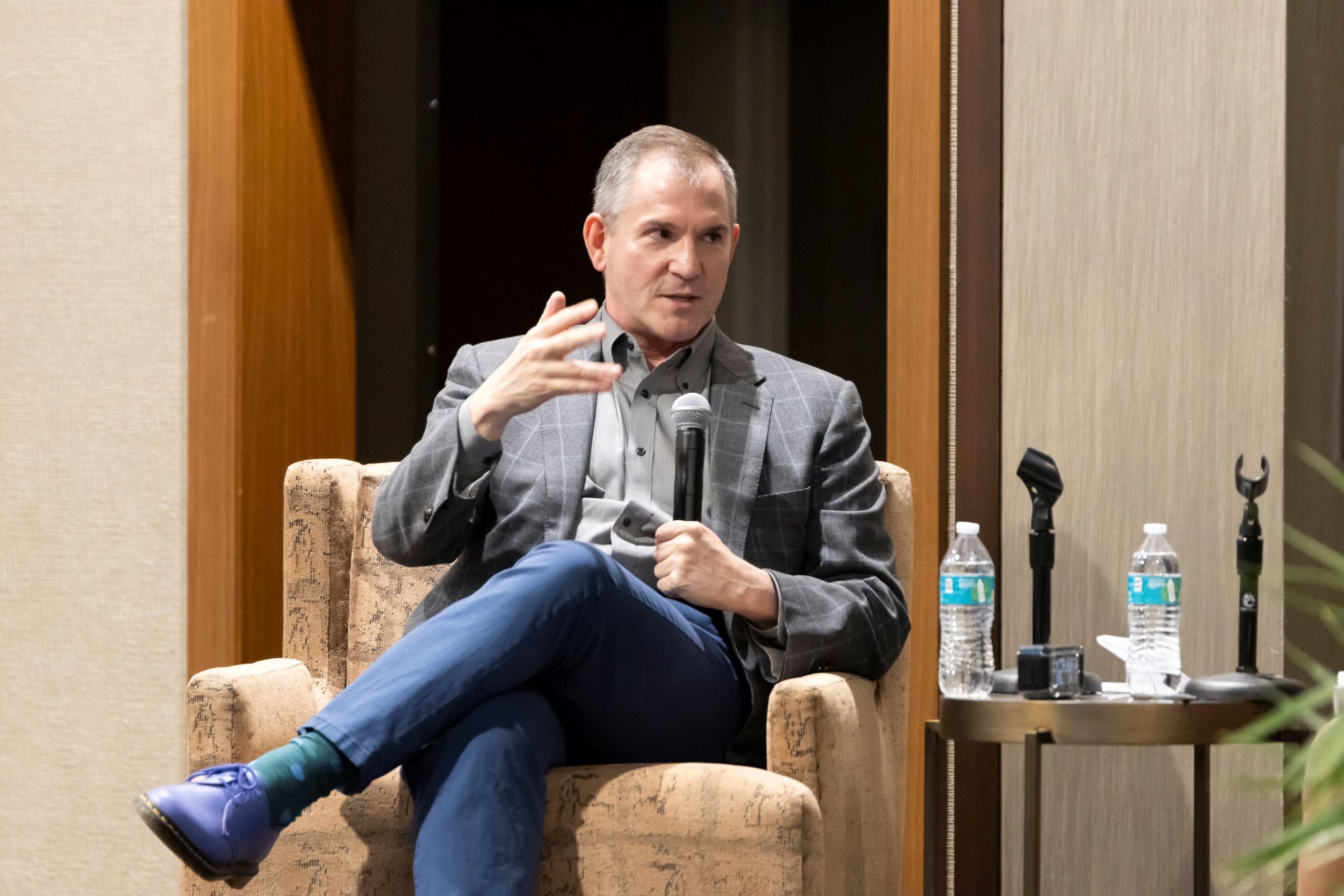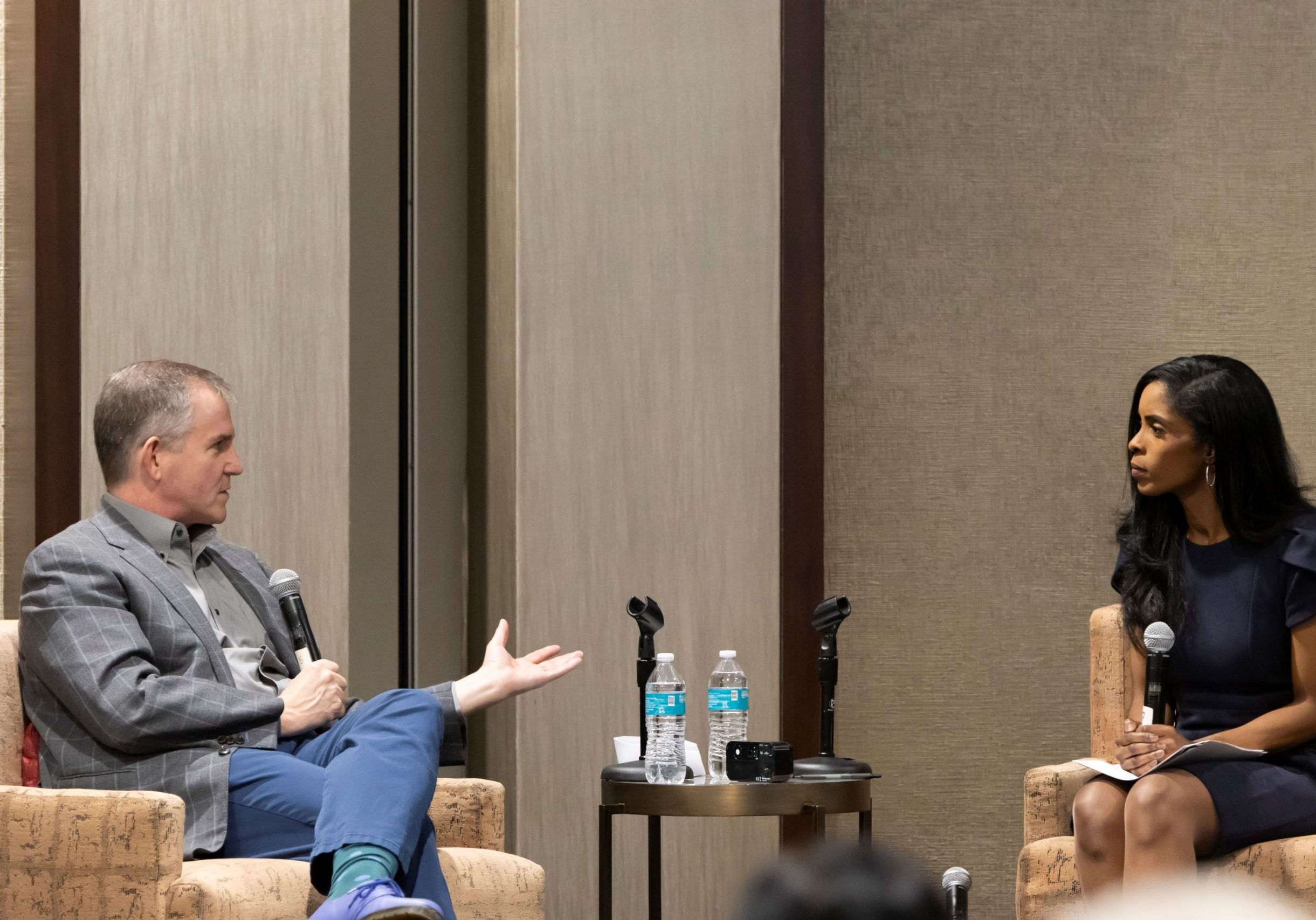
Combating Hate and Bias Recap:
Keynote with NYT Columnist and Sanford Professor Frank Bruni
Rosa Golchin ('24)
Feb 26, 2024
In a keynote address for the Combating Hate and Bias Conference, New York Times Columnist and Eugene C. Patterson Professor of the Practice of Journalism and Public Policy in the Sanford School of Public Policy Frank Bruni joined Dr. Deondra Rose to discuss the ways in which hate and bias have touched Bruni’s journalistic career and their impacts on the broader political discourse in the nation. Bruni has spent over 25 years on the staff of the New York Times and is the author of four New York Times bestsellers. He was the first openly gay added columnist at the Times and in 2016 was honored by the National Lesbian and Gay Journalist Association with the Randy Shilts Award for his lifetime contribution to LGBTQ equality.
Bruni began by highlighting the influence of political rhetoric on society’s capacity for violence, underscoring the danger of violent speech spilling over into people’s day-to-day interactions. Bruni argues that individuals, faced with an overwhelming amount of information, tend to simplify and categorize information that can pave the path for assumptions and biases. He went over the changes he’s noticed since being a college student. Before, simplifying assumptions provided a sense of objectivity, whereas now he appreciates the complexity and irreducibility of peoples’ identities. He added that “condemnation and hate are a lot easier than love,” creating a challenge for individuals to not immediately give in to these negative assumptions. This is further complicated by the rise of social media as a source of information, as it enforces these assumptions and preconceptions to create an “illusion that you're actually being well-informed” while being in an echo chamber. Bruni finds that students, in particular, may feel compelled to “plant their flag in a viewpoint or in one of the camps” that emerges in the wake of current events, and he urges against falling victim to the imposition of dichotomies that take away the complexity and nuance from situations. Later in his address, he encouraged students to use the university as “a laboratory for getting to know different kinds of people.”

During the audience Q&A, Bruni fielded questions on the rise of partisanship in the media. He spoke to the dissolution of the “fairness doctrine” that “compelled all of those newscasts not to lapse into two obviously ranked partisanship.” As the relationship between the media and the consumer has shifted, the media’s appeal to certain viewpoints has dominated over this doctrine. Bruni finds this problem not to be rooted in any single media organization, but the structure of the media. Bruni also responded to concerns that bipartisanship is growing increasingly out of reach by affirming his belief that collaboration on any sort of political endeavor can lead to collaboration on other, more volatile issues.


